Today, among other saints and events, the Church remembers Saints Vsevolod, the Prince of Pskov (died in 1138), and Saint Andrew the Fool-for-Christ who lived in Simbirsk, now Ulyanovsk (died in 1841).
Prince Vsevolod was the the eldest son of Grand Prince Mstislav of Kiev, who in turn was the eldest son of Grand Prince Vladimir, called Monomachos. Vsevolod’s mother was Christina Ingesdotter, a daughter of Inge I the Elder (Inge den äldre) King of Sweden. Prince Vsevolod married a daughter of Prince Sviatoslav, who became Saint Nikola Sviatosha - see our previous post - and had several children, one of whom with a beautiful name Verhuslava (“high glory”) became the Grand Duchess of Poland by marriage to the Grand Prince of Poland Boleslav IV called the Curly. Ironically, Verhuslava’s husband’s name means “more glory” or “greater glory” - not that their marriage was a contest in that respect.
Initially, Vsevolod ruled in Novgorod but was expelled from the city by the Veche - a citizens’ assembly approximately equivalent to the Athenian Ecclesia. Several reasons for this expulsion are given in the sources, but one of them is somewhat mysterious - не блюдет смерд, “does not care for his peasants.” Whatever this means, the episode highlights the fact that in that period, princes and their posses were hired and fired at will by the boyars - the leaders of the medieval Rus city-states. Very soon, however, the citizens called Vsevolod back, but due to a conflict between his supporters and detractors, he never ruled in Novgorod again and died in Pskov - another important city-state with a republican form of government approximately 200 kilometers from Novgorod.
Within just a few decades after his death, Vsevolod was lauded in the chronicles as a protector of Novgorod and a ruler who “freed his people from all offences” - past complaints about his lack of care for his peasants notwithstanding. As the Russian saying goes: what we have we do not value, but having lost it we weep. It is likely that the local veneration of Vsevolod as a saint existed already by 1190 - only 50 years after his death. His official hagiography was eventually written in the 16th century, and the Holy Prince Vsevolod was canonized by the Russian Church in 1549.
+
Also today, we celebrate the memory of Saint Andrew the Fool-for Christ who lived in Simbirsk, present-day Ulyanovsk, the birthplace of Vladimir Ulyanov-Lenin (1870-1924). It is not known exactly when Saint Andrew was born, but likely it was in the 1780s (some say, it was 1763). He began his ascetic lifestyle while he was still very young - by some accounts, around the age of 7. He was loved by the people of his town and known as far away as Sarov, where Saint Seraphim even told people from Simbirsk to stop coming to him for advice and to go to Saint Andrew instead.
When Saint Andrew died in 1841, he was buried at the Protection of the Mother of God Monastery which was located not far from the city center. When the family of Vladimir Lenin was leaving Simbirsk in 1887, they donated most or all of their family icons to this monastery. All of those icons are now lost. In 1932, the monastery was closed and demolished by the Communists, and almost the entire territory, including the cemetery, was converted into a city park “for the cultural and domestic needs of the proletariat.”
Saint Andrew’s grave was bulldozed over; and it was rumored that the Communists purposefully built a walkway over the top of the grave in order to erase it from people’s memory. This worked only in part. By the 1990s, no one knew with any certainty where the grave had been, but there was a spot on one of the walkways in the park where some people kept placing fresh flowers for all those years. In 1991, after digging up the sidewalk, the holy relics of Saint Andrew of Simbirsk were uncovered exactly under the spot where people had been placing flowers. Today, the relics of Saint Andrew rest in the main cathedral of the Metropolis of Simbirsk. (The Church insists on not using the name Ulyanovsk, since it is connected to Lenin.)


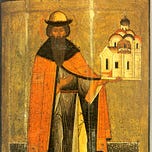


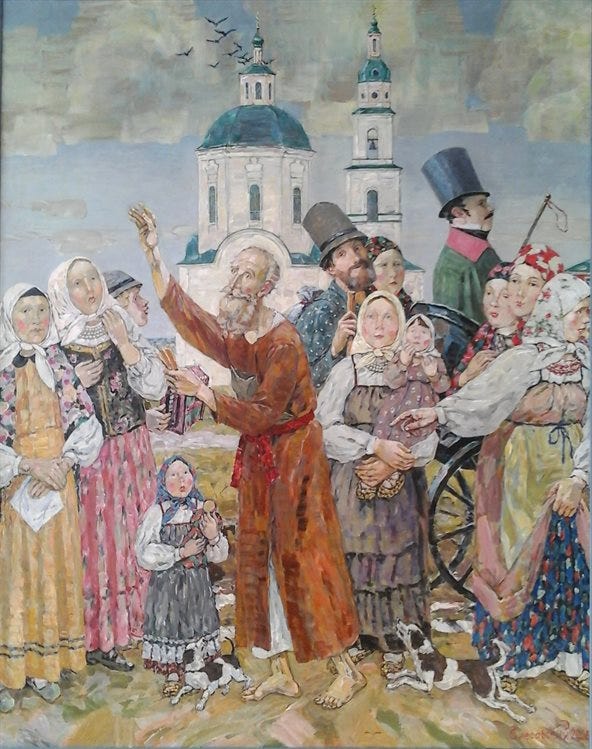
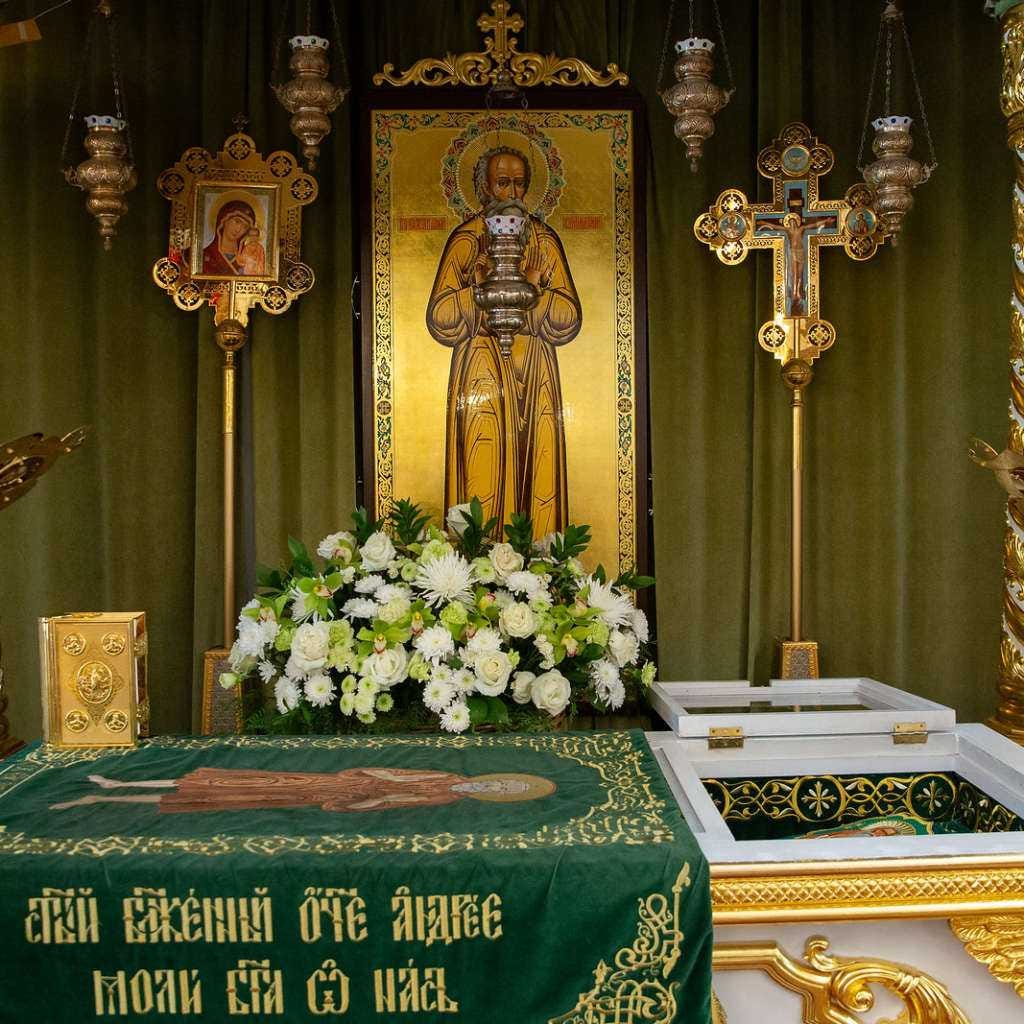

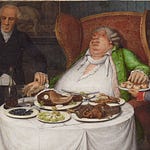


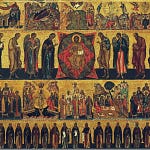


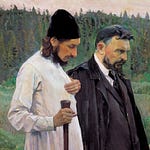

Share this post